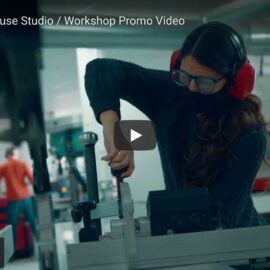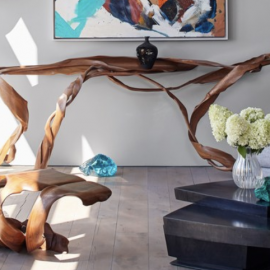So you’ve decided you want to be a furniture maker – spending your days in a workshop, coming up with great designs, building beautiful yet functional pieces from scratch. But where do you start? There’s a lot to consider, especially if you’ve never done any woodworking before. Not only do you need to learn about wood, the types and the best ways to work with it, you also need to learn about all the different hand skills, machines, techniques…plus, a bit of design history for context is a great idea.
It can feel pretty daunting knowing you have all that ahead of you, so here are a few steps you can take to get starting on your path to becoming a furniture maker…
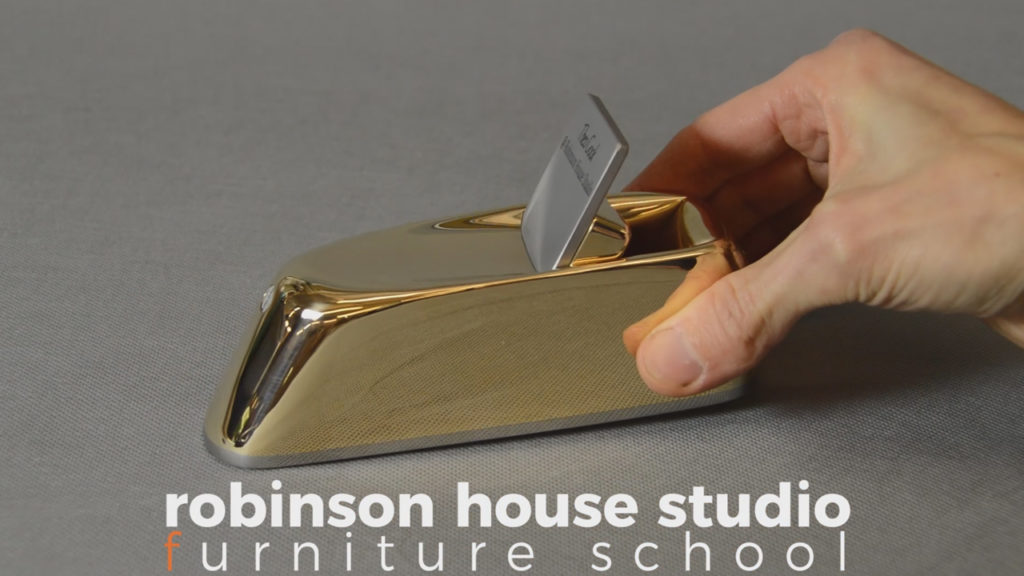
#1: Watch some Youtubers
There are some amazing channels run by all kinds of makers, and they can give you a great idea about what it’s like to be a maker, the different setups and resources people work with, and the different ways people work. The great thing about making is that you can give 10 people the same brief and they’ll all come up with totally different pieces! So have a look at a few channels and see if you think you’d enjoy what they’re up to. It’s a great way to pick up on some tips, too.
We suggest:
Theo Cook – Our Vice Principal and Senior Tutor
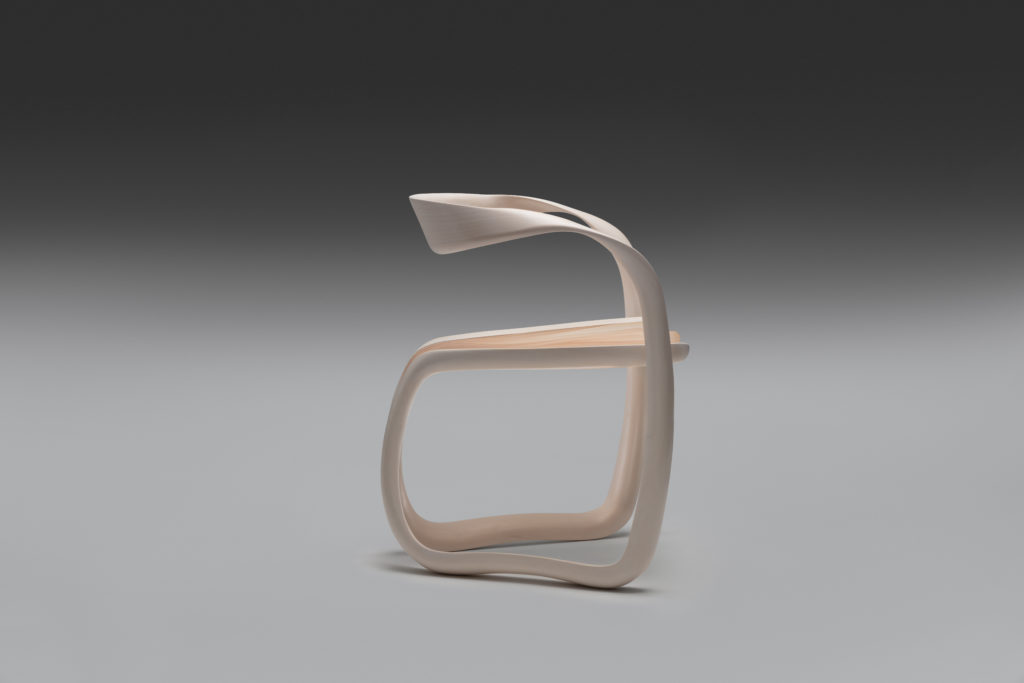
#2: Find a style you like on Pinterest
There are so many different ways to make furniture, and so many styles you might want to experiment with. Have a look on Pinterest with searches like ‘bespoke furniture’ and ‘furniture design’ to find some one off pieces, and make a board with some of your favourites. Hopefully as you build up your board, you’ll start to build a sense of what you really love to see in furniture – the shapes, textures, and materials. This can inspire you to pull all these aspects together into your own designs!
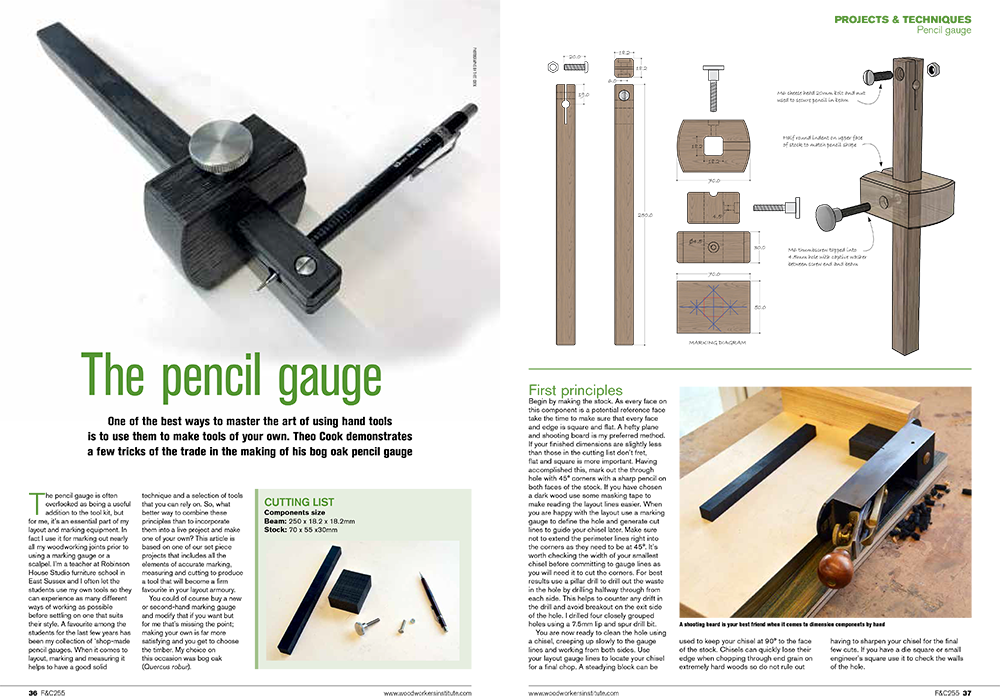
#3: Pick up a magazine
A great way to find some practical advice is to take a look at some woodworking magazine. We recommend Furniture and Cabinetmaking magazine – we’re regular contributors there. We also suggest Woodworking Crafts, Fine Woodworking, and Popular Woodworking. Magazines like these often have some great beginner tips – how-to guides and step-by-steps for particular joints, using hand tools, and getting started. They also have step-by-step projects that you can follow along with.
View all of Marc Fish’s articles for Furniture & Cabinetmaking Magazine
View all of Theo Cook’s articles for Furniture & Cabinetmaking Magazine
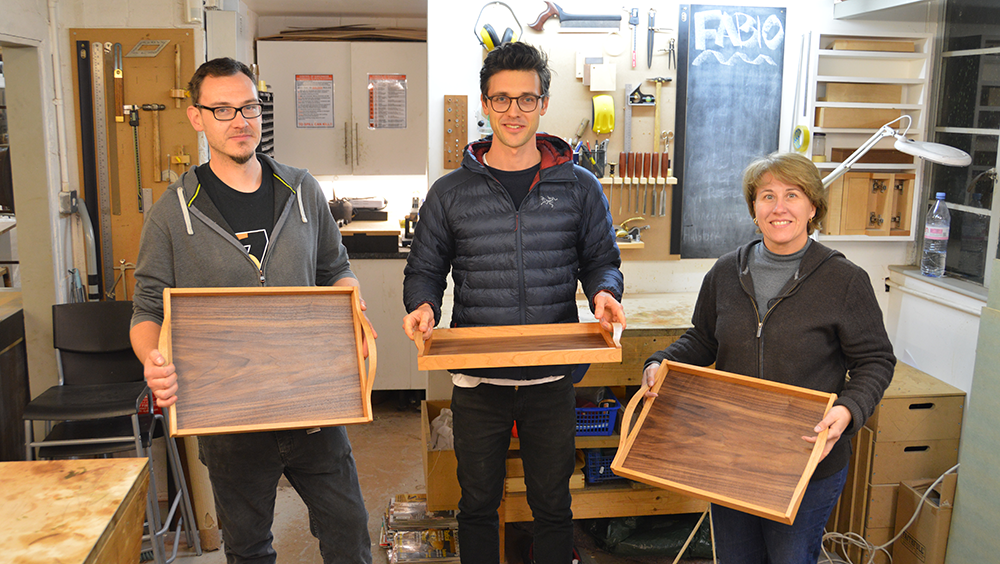
#4: Take an intro course and see how you get on
There are plenty of places that offer short weekend or week-long taster courses that allow you to get some real hands-on experience in a workshop. We offer both a furniture making introduction weekend course and a one week furniture making taster week. The week course is great, because you learn a range of skills and use them to create a serving tray, which you can take home with you at the end of the course.
Our workshop is both our school and a professional workshop. Our founder and Principal, Marc Fish, is a professional furniture designer and currently has four makers working for him right alongside our students. This means that students who take our week course have a great opportunity to see a professional workshop first hand, as well as speak to our one-year students about their future career plans.

#5: Take a longer course to equip you for your career
You’ve done the research and made up your mind – you want to be a furniture maker! Taking a full time furniture course is the best place to start if you want to learn some amazing skills and get started on your new career quickly. On our one year course, you’ll spend all day Monday-Friday learning new skills, practicing until you’ve got it down, and then applying them to your own projects. By the time you leave, you’ll have a huge array of skills and three unique projects which will make a great start to your portfolio.

